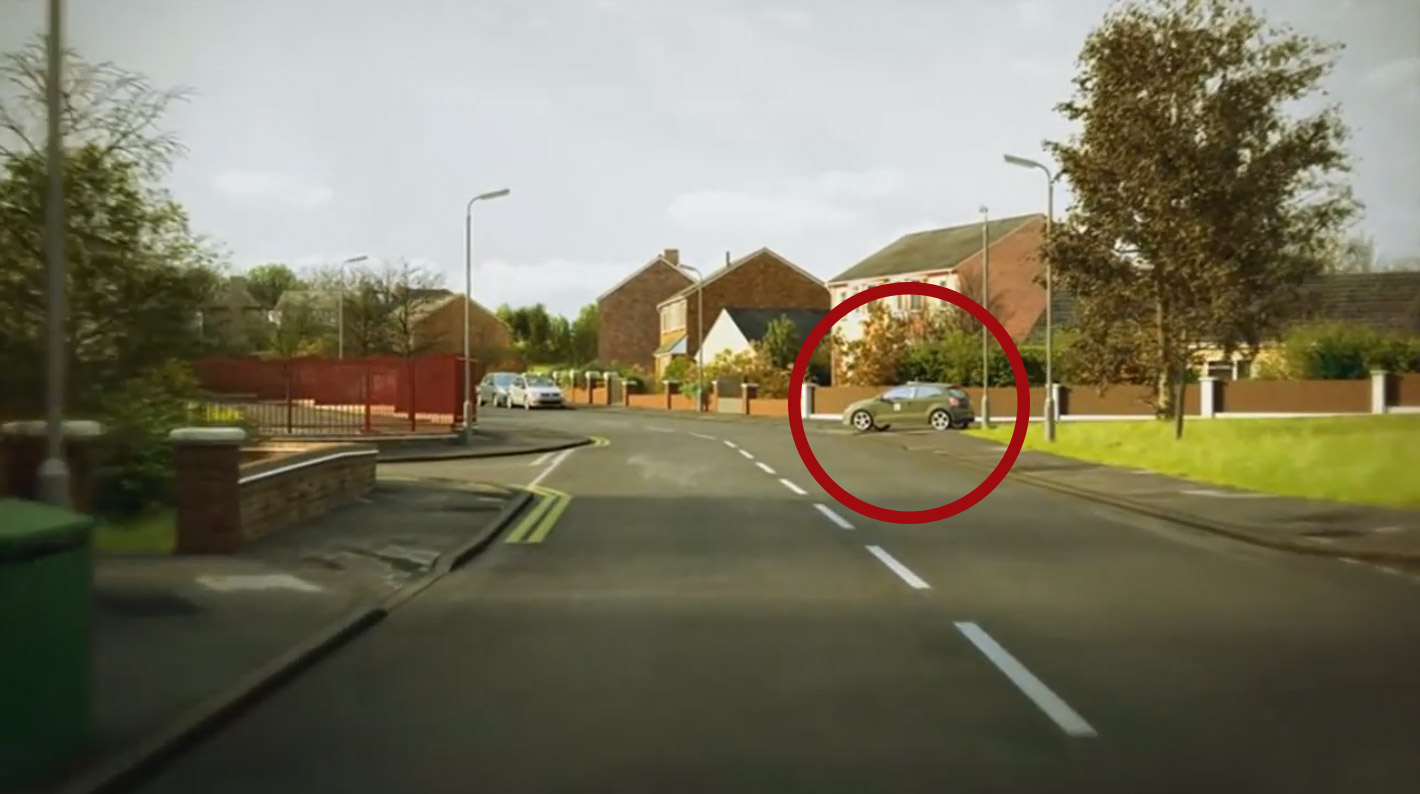

Use this time to take a look at the kind of scene the clip is in. Once you start the hazard perception test, you will be shown an example clip, before the real test begins.Īt the start of each clip, the image will be frozen on the screen for 10 seconds before it starts. You will be given the choice to either have a short break or to go straight into watching the clips. The hazard perception section of the test will come after the multiple choice theory test questions. How does the hazard perception test work? To get a better idea of what to expect in your hazard perception test, watch our short video: It’s better to click a few too many times than too few. We’ve already mentioned that how many clicks hazard perception candidates do overall won’t necessarily affect their score negatively (unless they’re clicking continuously), so don’t be afraid to click a few times per hazard as you might have clicked just before the scoring window opened. You will know that your click has been registered because a red flag will appear in the bottom corner of the screen. Clicking once the hazard has already developed fully will also score you a 0. The sooner you click within this window, the more points you earn. the pedestrian has walked into the road or the car has pulled out in front of you). There will be a window of time in which you need to click, beginning as soon as a potential hazard turns into a developing hazard, and ending when it becomes a full-blown hazard (e.g. You will need to wait until that pedestrian looks like they’re going to walk out into the road or the car starts to move - that’s when the potential hazard has become a developing hazard.

Clicking on a potential hazardĬlicking on a potential hazard won’t give you any points, so don’t just click every time you see a pedestrian walking down the road or a car waiting at a junction. You might be wondering ‘do you have to click on the hazard in hazard perception’? Well, to answer that you’ll need to know the difference between a potential hazard and a developing hazard, because you only need to click if and when a hazard starts to develop.


 0 kommentar(er)
0 kommentar(er)
